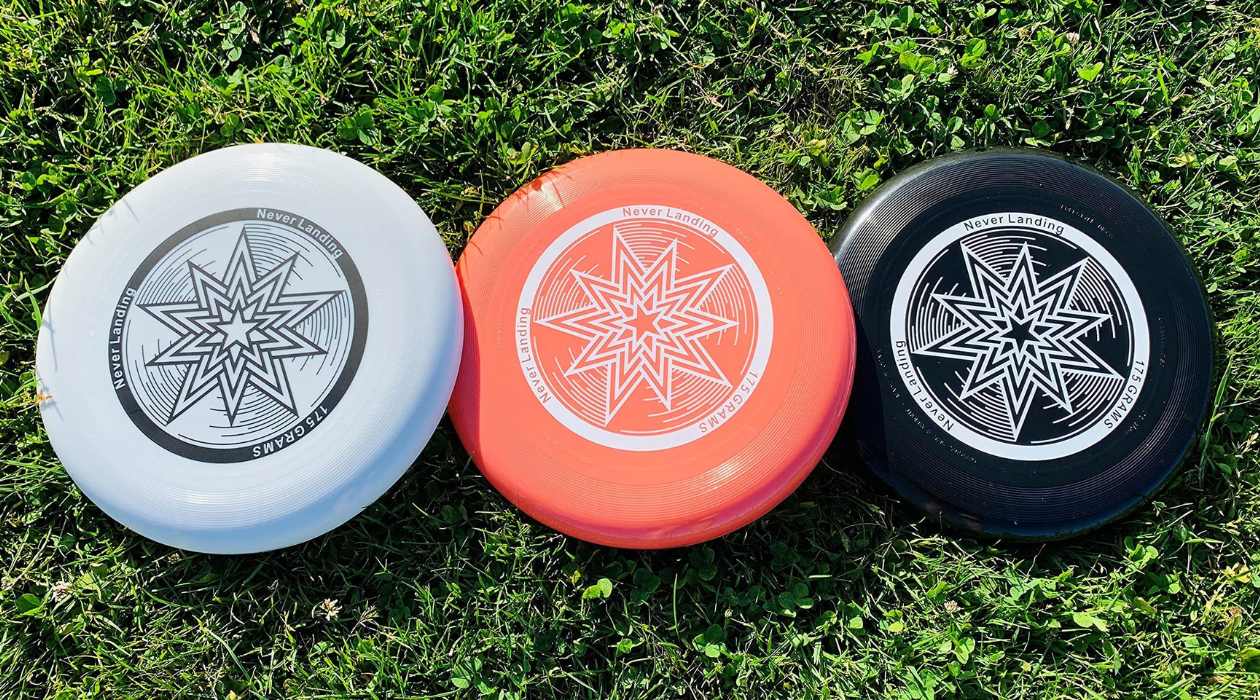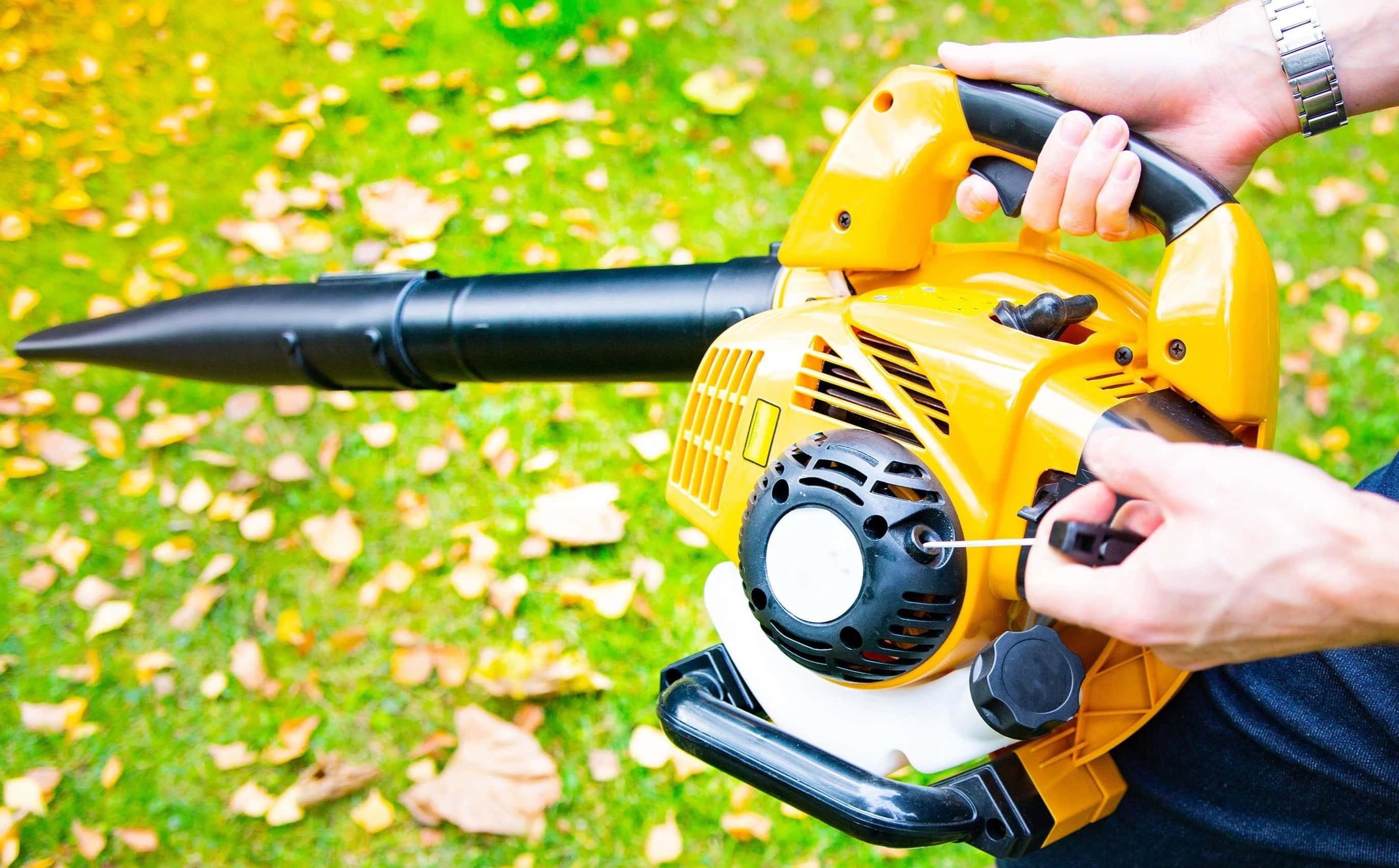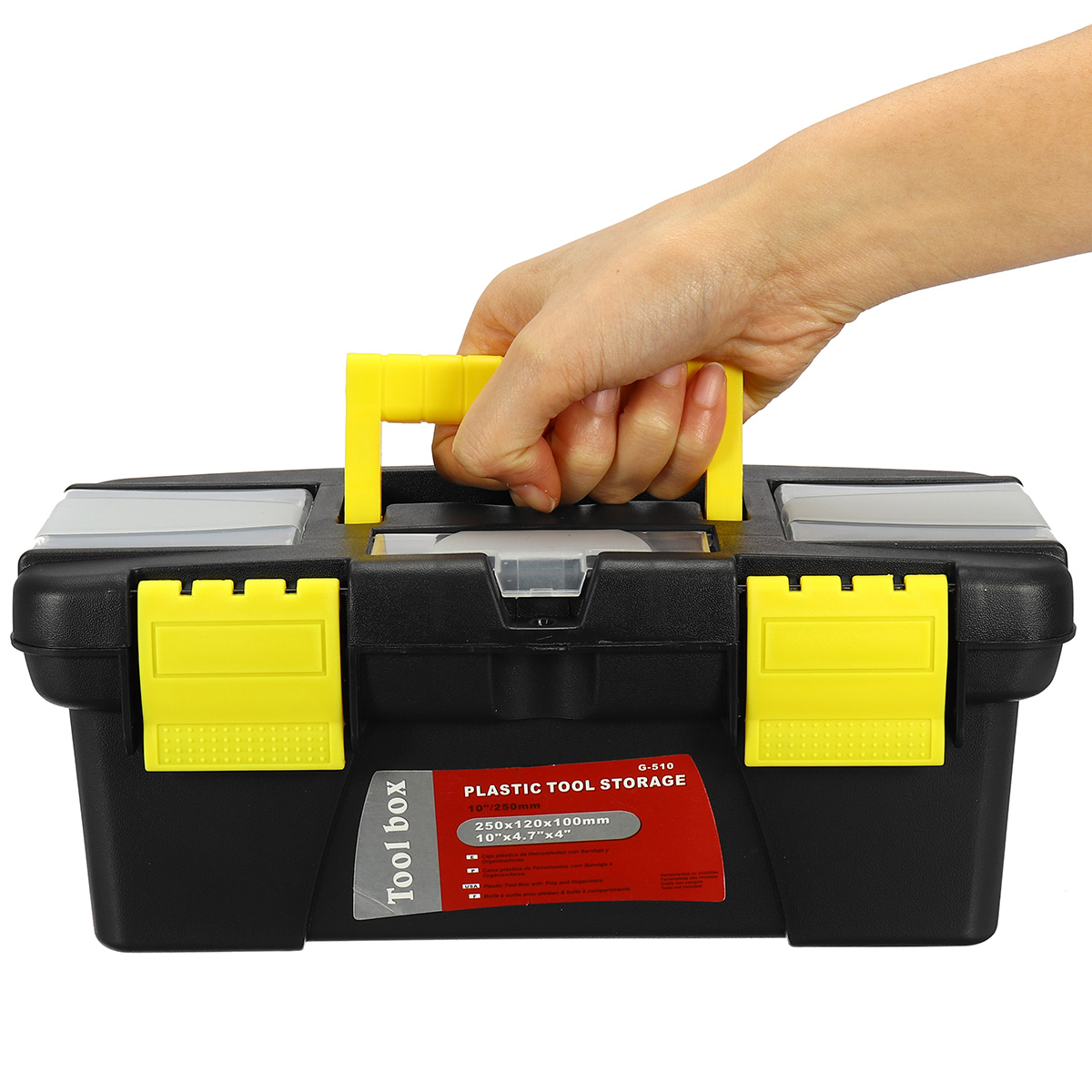Home>Gardening & Outdoor>Outdoor Recreation & Activities>How Much Does A Frisbee Weigh?


Outdoor Recreation & Activities
How Much Does A Frisbee Weigh?
Modified: February 18, 2024
Discover the weight of a frisbee and other outdoor recreation and activities. Find out how much a frisbee weighs and more. Explore now!
(Many of the links in this article redirect to a specific reviewed product. Your purchase of these products through affiliate links helps to generate commission for Storables.com, at no extra cost. Learn more)
Introduction
When it comes to outdoor activities, few things are as enjoyable and versatile as a frisbee. Whether you're tossing it around at the beach, playing a game of ultimate frisbee in the park, or simply enjoying a casual game of catch in your backyard, the frisbee is a timeless source of fun and entertainment for people of all ages.
One common question that often arises, especially among those new to the world of frisbee, is, "How much does a frisbee weigh?" This seemingly simple inquiry can lead to a fascinating exploration of the intricacies of frisbee design, manufacturing, and usage. Understanding the weight of a frisbee is not only a matter of curiosity but also holds practical implications for different frisbee-related activities.
In this article, we will delve into the world of frisbees and explore the factors that contribute to their weight. From the standard weight of a frisbee to the variations in weight across different types of frisbees, we will uncover the nuances that make each frisbee unique. Additionally, we will examine the factors that can influence the weight of a frisbee, shedding light on the considerations that manufacturers and players take into account.
By the end of this exploration, you will have a comprehensive understanding of the weight of frisbees, allowing you to appreciate these simple yet remarkable flying discs in a whole new light. So, let's embark on this journey to unravel the mysteries of frisbee weight and gain a deeper appreciation for this beloved outdoor pastime.
Key Takeaways:
- Frisbees usually weigh around 175 to 200 grams, which helps them fly smoothly and predictably. This weight range makes frisbees fun for everyone to play with, no matter their age or skill level.
- Different frisbees can weigh more or less, depending on the activity they’re made for. Some are lighter for tricks, while others are heavier for windy days. It’s like having different tools for different jobs!
Read more: How Much Does A Recliner Weigh
The Standard Weight of a Frisbee
The standard weight of a frisbee is a critical aspect that significantly influences its flight characteristics and overall performance. Typically, a standard frisbee used for casual play and recreational activities weighs approximately 175 to 200 grams. This weight range has been established through years of design and testing to ensure optimal balance and stability during flight.
Manufacturers meticulously engineer frisbees to adhere to this standard weight range, as it strikes a perfect equilibrium between ease of throwing and stability in the air. This weight allows for a satisfying throw while enabling the frisbee to maintain a steady and predictable flight path, making it enjoyable for players of all skill levels.
The standard weight of a frisbee also contributes to its versatility across various frisbee-related activities. Whether it's a leisurely game of catch, an intense match of ultimate frisbee, or precision-based disc golf, the consistent weight of a standard frisbee ensures a familiar feel and performance across different settings.
Furthermore, the standard weight of a frisbee plays a crucial role in promoting inclusivity and accessibility. By adhering to a well-defined weight range, frisbee manufacturers ensure that their products can be enjoyed by individuals of diverse ages and skill levels. This standardization fosters a sense of familiarity and comfort, allowing players to focus on the joy of the game rather than grappling with unfamiliar flight characteristics due to fluctuating frisbee weights.
In essence, the standard weight of a frisbee serves as a cornerstone of its design, enabling it to deliver consistent performance, predictable flight patterns, and widespread accessibility. This standardization has been instrumental in establishing the frisbee as a beloved and enduring outdoor pastime, captivating enthusiasts and casual players alike with its simple yet captivating flight through the air.
Variations in Frisbee Weight
While the standard weight range of 175 to 200 grams serves as a benchmark for traditional frisbees, the world of flying discs encompasses a diverse array of variations in weight. These variations cater to specific activities, playing styles, and performance preferences, offering enthusiasts a spectrum of options to suit their individual needs.
One notable variation in frisbee weight is evident in discs designed for disc golf. Unlike the standard frisbee used for casual play, disc golf discs come in a range of weights, typically spanning from 150 to 180 grams for drivers, mid-range discs, and putters. This variation allows disc golfers to fine-tune their game by selecting discs with specific weights that complement their throwing techniques and environmental conditions. For instance, heavier discs may offer enhanced stability in windy conditions, while lighter discs can provide increased distance potential for skilled throwers.
In the realm of competitive ultimate frisbee, players often have preferences for discs with slightly varied weights. While still adhering to the general standard weight range, some ultimate frisbee discs may be designed to be on the lighter end of the spectrum, around 175 grams, to accommodate faster throws and agile maneuvers during intense gameplay. These nuanced variations in weight cater to the dynamic demands of competitive ultimate frisbee, where split-second decisions and swift movements define the pace of the game.
Moreover, specialty frisbees, such as those used in freestyle frisbee competitions, may exhibit further deviations in weight to facilitate intricate tricks and maneuvers. These specialized frisbees often lean towards the lighter side, typically ranging from 160 to 175 grams, allowing freestylers to execute complex spins, stalls, and catches with precision and finesse.
Beyond specific activities, variations in frisbee weight also extend to the realm of recreational and training discs. Some manufacturers offer lighter frisbees, typically weighing around 140 to 160 grams, tailored for beginners and youth players. These lighter discs provide a gentler introduction to the sport, allowing novices to develop their throwing techniques with greater ease and comfort.
In essence, the world of frisbees encompasses a rich tapestry of weight variations, each tailored to meet the distinct needs and preferences of players across different disciplines and skill levels. These variations in weight underscore the adaptability and versatility of frisbees, ensuring that enthusiasts can find the perfect flying disc to elevate their enjoyment and performance in various frisbee-related activities.
Factors Affecting Frisbee Weight
The weight of a frisbee is not solely determined by arbitrary decisions or manufacturing convenience; rather, it is intricately influenced by a myriad of factors that collectively shape its flight characteristics, performance, and suitability for different activities. Understanding these factors provides valuable insights into the nuanced considerations that drive the design and production of frisbees, shedding light on the dynamic interplay between engineering, physics, and user experience.
1. Material Selection:
The choice of materials significantly impacts the weight of a frisbee. Traditional frisbees are commonly crafted from plastic, with variations in weight stemming from the specific type of plastic used. For instance, heavier, more durable plastics contribute to a higher overall weight, while lighter, more flexible plastics result in a lighter frisbee. Manufacturers carefully evaluate the balance between durability and weight to create frisbees that offer longevity without compromising performance.
Read more: How Much Does A Bed Weigh
2. Design Considerations:
The design of a frisbee, including its shape, rim thickness, and aerodynamic profile, plays a pivotal role in determining its weight. Innovations in frisbee design have led to the development of discs with optimized weight distribution, allowing for enhanced stability and control during flight. Additionally, advancements in aerodynamic research have influenced the shaping of frisbees to minimize air resistance and maximize glide, all while carefully managing overall weight to achieve optimal performance.
3. Intended Use:
The intended use of a frisbee heavily influences its weight. Discs tailored for specific activities, such as disc golf, ultimate frisbee, or freestyle frisbee, undergo meticulous weight considerations to align with the demands of each activity. For instance, disc golf discs designed for long-distance drives may feature varied weights to accommodate different throwing styles and environmental conditions, while ultimate frisbee discs prioritize agility and speed, leading to nuanced weight adjustments for competitive gameplay.
4. Player Preferences:
The diverse preferences of frisbee enthusiasts also contribute to the spectrum of frisbee weights available in the market. Some players may favor heavier discs for increased stability and control, especially in windy conditions, while others may opt for lighter discs to capitalize on distance potential and maneuverability. Manufacturers often cater to these preferences by offering a range of weights, empowering players to select frisbees that align with their individual playing styles and performance objectives.
5. Environmental Factors:
Environmental considerations, such as wind patterns and local climate, can influence the weight preferences of frisbee enthusiasts. Heavier discs may offer advantages in windy conditions, providing greater resistance to gusts and maintaining predictable flight paths. Conversely, lighter discs may excel in calmer environments, allowing for increased distance and finesse in controlled settings. As such, frisbee weight variations cater to the dynamic interplay between player preferences and environmental factors, ensuring an adaptable and enjoyable experience across diverse playing conditions.
In essence, the weight of a frisbee is a product of multifaceted considerations, encompassing material selection, design intricacies, activity-specific requirements, player preferences, and environmental dynamics. This holistic approach to frisbee weight underscores the depth of engineering and user-centric design that defines the world of flying discs, enriching the experiences of enthusiasts and players across a spectrum of outdoor activities.
Read more: How Much Does A Ladder Weigh
Conclusion
In conclusion, the weight of a frisbee is far from being a trivial aspect of its design and usage. It serves as a fundamental determinant of flight characteristics, performance, and adaptability across a diverse range of frisbee-related activities. From the standard weight range that underpins the familiar feel of casual play to the nuanced variations tailored for specific disciplines, the weight of a frisbee encapsulates a rich tapestry of engineering, user preferences, and environmental dynamics.
The standard weight of a frisbee, typically ranging from 175 to 200 grams, has emerged as a cornerstone of its design, offering a perfect balance between ease of throwing and stability in flight. This standardization fosters inclusivity and accessibility, ensuring that frisbees can be enjoyed by individuals of all ages and skill levels, thereby nurturing a sense of familiarity and comfort across diverse playing environments.
Moreover, the variations in frisbee weight, spanning from specialized discs for disc golf and competitive ultimate frisbee to lighter options for beginners and youth players, underscore the adaptability and versatility of frisbees. These weight variations cater to the distinct needs and preferences of players, empowering them to fine-tune their game and elevate their performance in alignment with their individual playing styles and environmental conditions.
The weight of a frisbee is intricately intertwined with material selection, design considerations, intended use, player preferences, and environmental factors, reflecting a holistic approach to engineering and user-centric design. This comprehensive understanding of frisbee weight enriches the experiences of enthusiasts and players, fostering a deeper appreciation for the simple yet remarkable flying disc that has captivated generations with its timeless allure.
As we reflect on the weight of a frisbee, we unveil a world of meticulous craftsmanship, dynamic adaptability, and enduring enjoyment. It is a testament to the ingenuity and creativity that infuse the realm of outdoor recreation, where even the seemingly straightforward attribute of weight embodies a symphony of innovation and purpose. So, the next time you pick up a frisbee, take a moment to appreciate the subtle significance of its weight, knowing that it represents a harmonious blend of engineering precision and boundless joy in flight.
Frequently Asked Questions about How Much Does A Frisbee Weigh?
Was this page helpful?
At Storables.com, we guarantee accurate and reliable information. Our content, validated by Expert Board Contributors, is crafted following stringent Editorial Policies. We're committed to providing you with well-researched, expert-backed insights for all your informational needs.














0 thoughts on “How Much Does A Frisbee Weigh?”